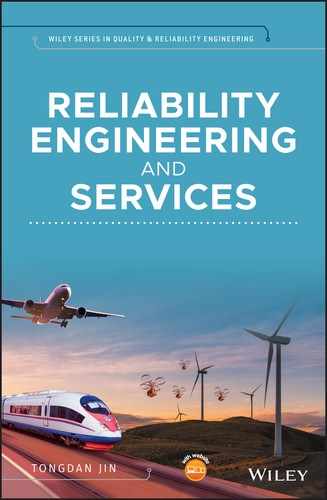Book Description
Offers a holistic approach to guiding product design, manufacturing, and after-sales support as the manufacturing industry transitions from a product-oriented model to service-oriented paradigm
This book provides fundamental knowledge and best industry practices in reliability modelling, maintenance optimization, and service parts logistics planning. It aims to develop an integrated product-service system (IPSS) synthesizing design for reliability, performance-based maintenance, and spare parts inventory. It also presents a lifecycle reliability-inventory optimization framework where reliability, redundancy, maintenance, and service parts are jointly coordinated. Additionally, the book aims to report the latest advances in reliability growth planning, maintenance contracting and spares inventory logistics under non-stationary demand condition.
Reliability Engineering and Service provides in-depth chapter coverage of topics such as: Reliability Concepts and Models; Mean and Variance of Reliability Estimates; Design for Reliability; Reliability Growth Planning; Accelerated Life Testing and Its Economics; Renewal Theory and Superimposed Renewals; Maintenance and Performance-Based Logistics; Warranty Service Models; Basic Spare Parts Inventory Models; Repairable Inventory Systems; Integrated Product-Service Systems (IPPS), and Resilience Modeling and Planning
- Guides engineers to design reliable products at a low cost
- Assists service engineers in providing superior after-sales support
- Enables managers to respond to the changing market and customer needs
- Uses end-of-chapter case studies to illustrate industry best practice
- Lifecycle approach to reliability, maintenance and spares provisioning
Reliability Engineering and Service is an important book for graduate engineering students, researchers, and industry-based reliability practitioners and consultants.
